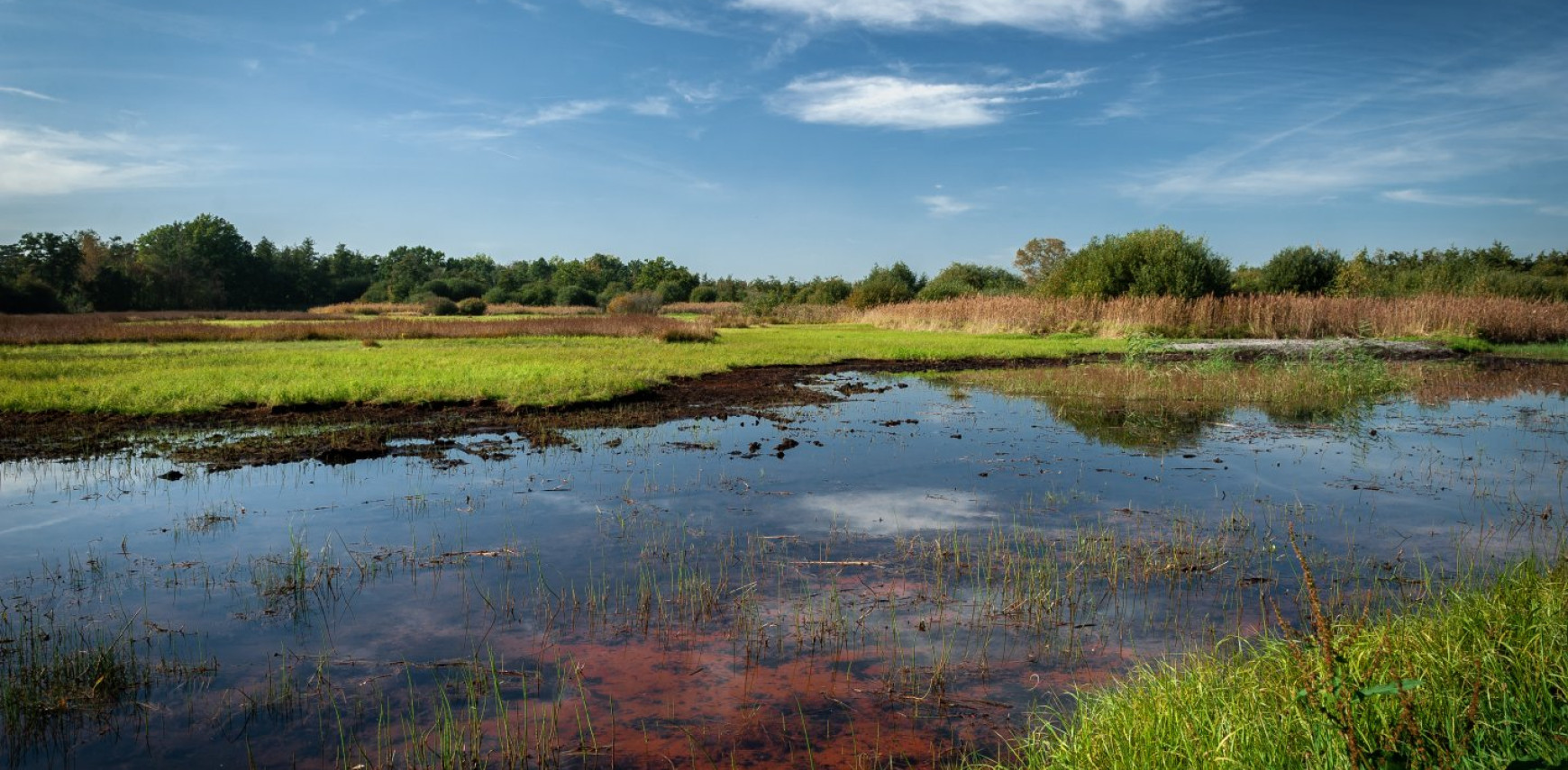Peatlands must be rewetted to achieve climate neutrality
Peatlands are living archives that contain huge amounts of carbon as well as millennia of historical information. These unique habitats are also home to a distinct peatland biodiversity, including many endangered plant and animal species. Unfortunately, the majority of peatlands has been destroyed in the past, with potentially catastrophic consequences.
What are peatlands?
Peatlands are wetlands that are continuously waterlogged and anoxic. Under such conditions, dead plant material hardly decomposes and accumulates year after year, thereby resulting in carbon sequestration within the peat matrix. The plants that once grew in the peatland ecosystem are still recognizable even after thousands of years, and sometimes to a depth of many meters!
Peat extraction has catastrophic consequences
From the Middle Ages onwards, people started excavating and burning peat as a primary source of energy. Since then, the loss and degradation or our peatlands has only worsened: peatlands were drained on a large scale for conversion into agricultural land. As a result of water level drawdown, peat layers are exposed to oxygen and decomposition rates increase orders of magnitude. The organic carbon that has been safely stored in the peat soil for thousands of years is rapidly released into the atmosphere as carbon dioxide. Currently, an estimated 6% of the global carbon dioxide emissions comes from drained peatlands alone, which amplifies global warming.
Not in your backyard? Think again…
The loss of peatlands is also very relevant in our own backyard: Flanders has probably lost more than 75% of its remaining wetlands and peatlands since 1950, while an even larger amount may have been lost during the centuries before. It is therefore crucial to preserve and restore the last remnants of peatland. The first step in peatland restoration is rewetting, for example by closing drainage ditches and raising groundwater levels.
Nature reserve "De Zegge" in Geel, owned and managed by Antwerp ZOO Society since 1952, is a perfect example of such valuable but drained peatland remnant in Flanders. Antwerp ZOO Society is currently doing everything it can to restore the area by rewetting and active management, which occurs in collaboration with local landowners, volunteers, and the Flemish government.
Ongoing research on greenhouse gas emissions
Since rewetting of long-term drained peat will have major positive consequences for the carbon balance in the soil, it is of crucial importance to also accurately quantify the potential impact on our climate. After all, the contribution to climate neutrality provides one of the main incentives to rewet peatlands, in addition to the expected recovery of typical peatland biodiversity.
The Antwerp ZOO Centre for Research & Conservation and the University of Antwerp started a collaborative research project in 2023, in which we investigate the emissions of greenhouse gases from peat soils of De Zegge. By doing so, we can calculate how much carbon is currently lost from the drained soils, but also how much carbon could be retained if we were able to rewet De Zegge on a large scale. Although we will have to wait a little longer for the results, one fact is already certain: peat must be kept wet!

